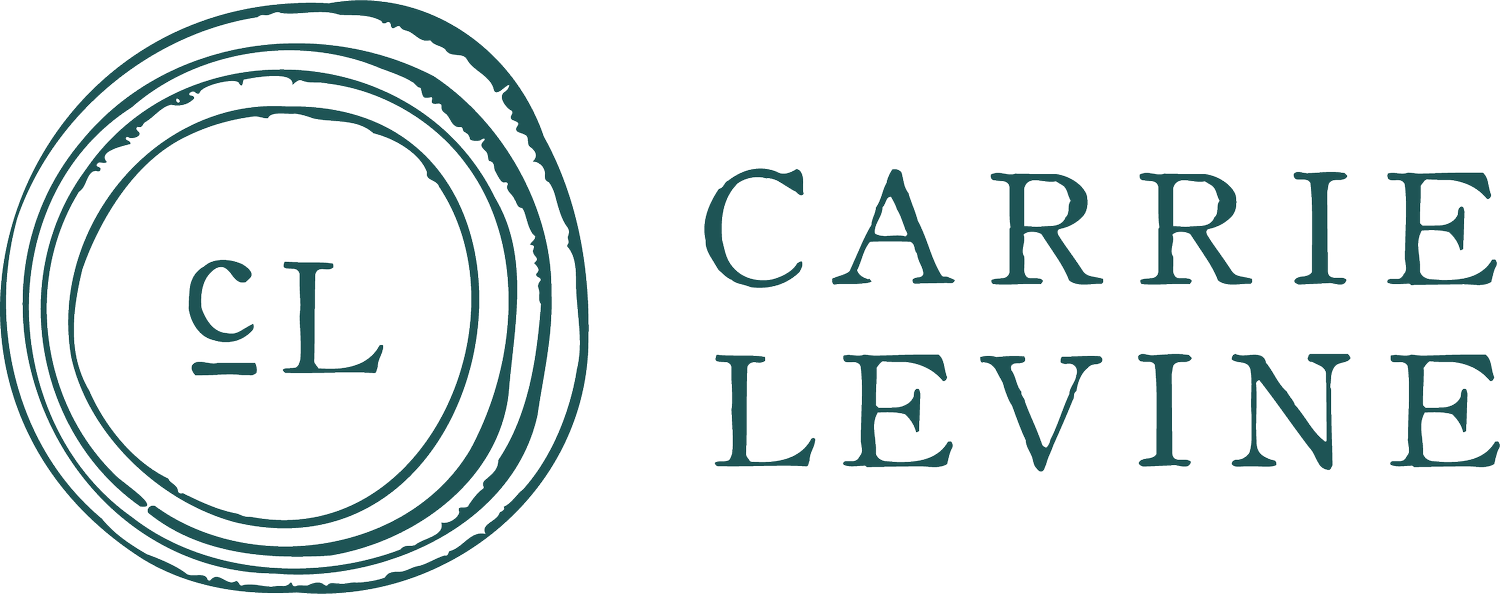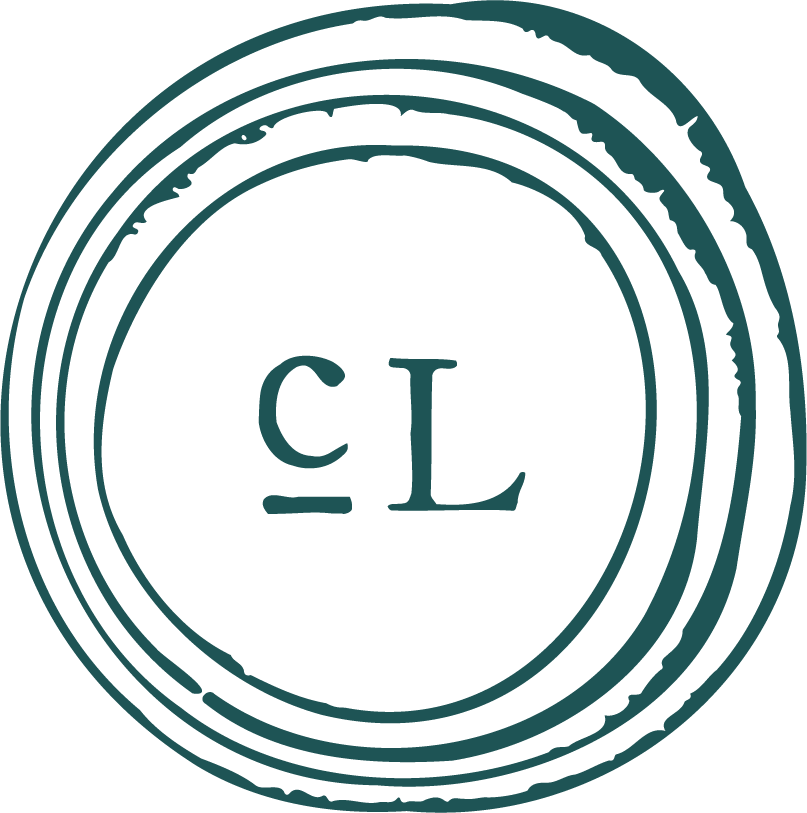Foundations of Wholeness: The Post-Menopause Years
When I asked on Instagram “What do you want to learn about?” many of the answers were from people looking for information related to a specific stage of life. One woman responded “nutrition and supplements for teens.” I thought I’d spend the year-end taking a deeper dive into the Foundations of Wholeness as they relate to the specific phases of women's lives.
I find the language used to define women’s stages of life can be tricky. The labels are often socially, economically, and politically loaded. In order to not get lost in the weeds and in order to deliver practical information, I’m going, perhaps hastily, to break the phases into the post-menopause years, mid-life women, the reproductive years, and puberty, Infancy is certainly a phase of life, but I am not going to address it in this series.
My personal perspective of women and aging is limited by my being a white woman who lives rurally on the coast of Maine. I do believe there are some experiences of being a woman that are universal. Babies are born the same way no matter their skin color, language spoken, or geographic location. However, indigenous women, women of color, and women of other cultures around the world likely have different experiences of aging than the ones I am privy to, particularly given my patient population. It is not lost on me that there is a world of women’s experience that I am not exposed to so please, engage and share yours. All of our experiences matter.
This week, I am focusing on the post-menopause years: Here are my thoughts for women ages roughly sixty and older.
Despite our best efforts, we age. Our machine gets older. Our brain doesn’t function like it used to, our muscles don’t hold shape like they used to, and our bones lose density. While there is an inevitability to aging, it doesn’t mean we have to passively allow it to happen. There’s a lot we can do to slow the aging process, preserve our health, and age successfully.
Food
My grandmother lived well into her 90s and she loved herself a hot dog. At some point in her life, she developed high cholesterol and her doctor told her to not eat hot dogs. She struggled with this advice. She missed what was a simple pleasure to her, that of eating a hot dog. I remember saying to her on more than one occasion, “Grandma, have a hot dog.” I strongly believed she should avail herself of small pleasures at the end of her life. She generally ate well for her generation. She cooked a lot when she was younger. The spiritual benefits of eating a hot dog (yes, I did just write that sentence) far outweighed the potential negative impact of it on her cholesterol.
Adequate protein intake can leverage the declining muscle mass that accompanies aging. A pharmaceutical-grade protein powder can be an essential component to meal replacement or augmentation if a woman needs more calories. This approach is better than Ensure because of the synthetic additives in Ensure. Our brains require healthy fats, like those in salmon and avocado, for optimal function at all stages of life, and particularly when it is aged. Low carbohydrate, high-fat diets are useful for some people with cognitive impairment like dementia. Lots of vegetables are essential no matter the phase of life. Vegetables provide phytonutrients, which are natural compounds found in plant foods that promote good health. Vegetables provide the fiber that is essential for optimal digestion, hormone detoxification, and colon health. Vegetables also help stabilize our blood sugar.
Water intake is crucial to prevent dehydration and its consequences. Concerns about incontinence issues can prevent women from drinking as much as is needed for optimal health. Cognitive issues can simply make it difficult to remember. Drinking enough water helps prevent urinary tract infections, cardiac malfunction, and even death.
The post-menopausal years are a fantastic time to improve the quality of our food since in general, there is a decrease in the quantity of food we consume. It is worth considering buying a local chicken since it may provide four meals for one, as opposed to one meal for four.
Movement
The combination of decreased mobility and the fear of falling or injury frequently results in less movement during the post-menopause years, but moving is no less important during this phase of life than during any other. It’s just different. Physical and emotional limitations of the time might necessitate identifying different activities in order to stay active.
I advocate for exercise that feels good during the post-menopause years. Actually, I advocate for this all the time, but there are circumstances where I recommend exercise as medicine in which case the focus is more on the therapeutic outcome than enjoyment. Certainly, many women are still running, skiing, cycling, mountain climbing well into the post-menopause years, and if this is you. GO. If this is not you and has never been you, consider a walk in the woods or down the sidewalk, maybe with walking poles if you are concerned about your balance, a level-appropriate yoga class, tennis, dancing, or water aerobics. A personalized weight-lifting program supports bone health and metabolism.
“Use it or lose it,’ may sound crass but it really is true. Back to my grandmother who wore a bun into her early 90s until she could no longer hold her arms up behind her head to make her bun. If we don’t practice moving our arms behind our bodies, eventually we will no longer be able to move our arms behind our bodies.
Movement helps maintain cognitive function (yes, exercise helps the cells in our brains stay alive and even resuscitates cells that have died). Movement helps maintain muscle mass, bone health, cardiac health and supports our mood.
Rest
This time of life may afford more time and necessity for rest than any other. Resting restores cognitive and physical function. For many post-menopausal women, sleep can pose some real challenges (as opposed to rest), whether it’s sleep apnea, the need to urinate during the night, or early morning waking. Maintaining a sleep routine can ensure good sleep at night. Avoid watching television, using the computer, or reading at night in bed for extended periods of time.
Nature
Physical ability, companionship, and accessibility may pose challenges to getting out in nature during the post-menopause years, but there may also be an unprecedented opportunity for observation and deep study. Observing what happens out a window (as opposed to looking at a television screen) can increase our awareness of the season, other living beings, and light. Awareness of the natural world can help keep us present in, and connected to, our current reality. A deep dive into nature, either through observation, painting, drawing, or writing can add richness to our lives. Mary Oliver exemplifies this beautifully:
"Loneliness", by Mary Oliver
I too have known loneliness.
I too have known what it is to feel
misunderstood,
rejected, and suddenly
not at all beautiful.
Oh, mother earth,
your comfort is great, your arms never withhold.
It has saved my life to know this.
Your rivers flowing, your roses opening in the morning.
Oh, motions of tenderness!
Consider grounding, the practice of putting our bodies or our feet directly on the earth. Multiple health benefits have been documented as a result of this practice, including decreased inflammation and expedited healing.
Acceptance
The acceptance of aging profoundly affects our sense of wellness during this time of life. I’ve met women both bitter and joyous about their aging bodies, solitary living, the passing of loved ones, and the liberties and limitations of the time. There is grace in allowing all of it to be exactly what it is.
Tending to these foundations during the post-menopause years mitigates the inevitability of aging. Why not do what we can to be as well as we can for as long as we can?







